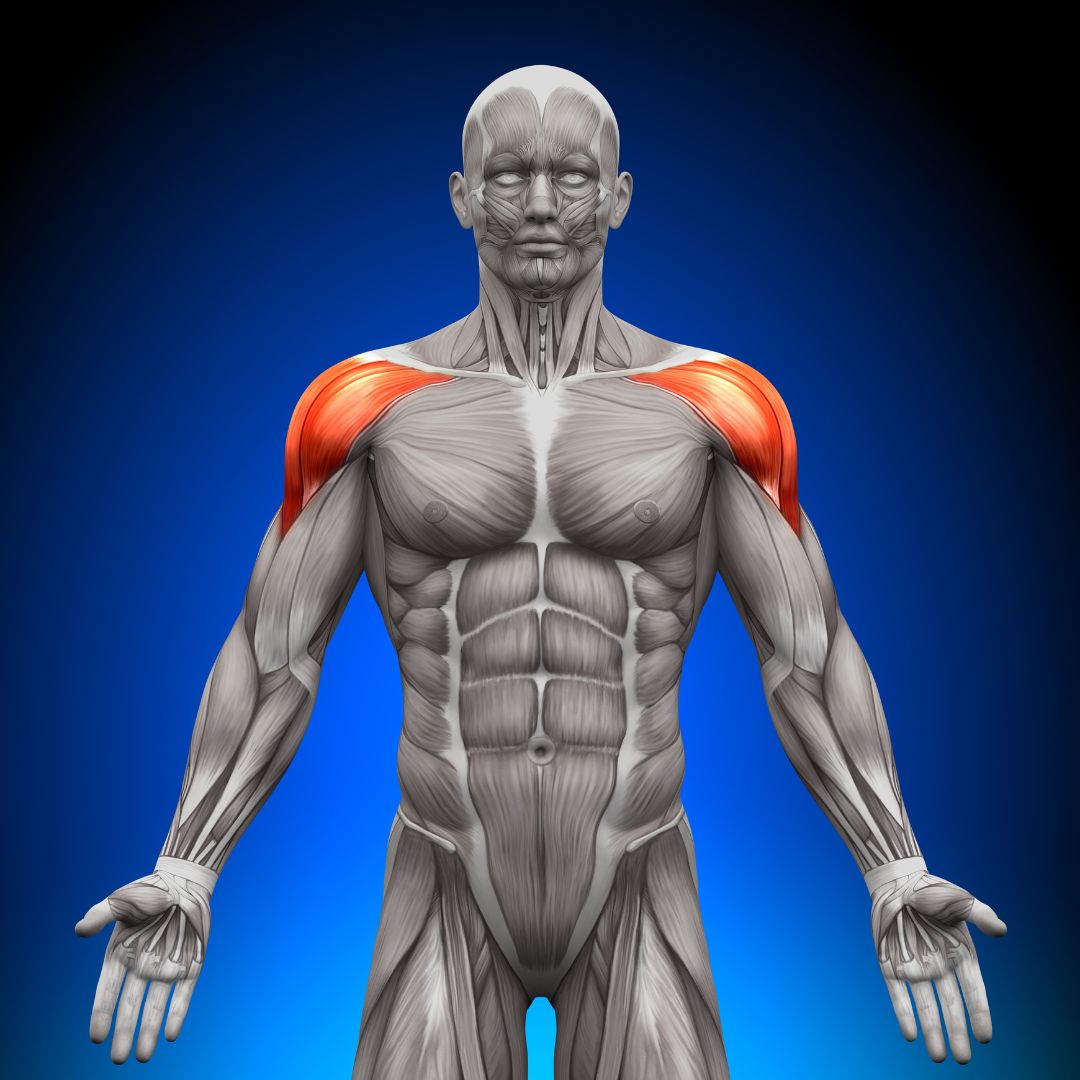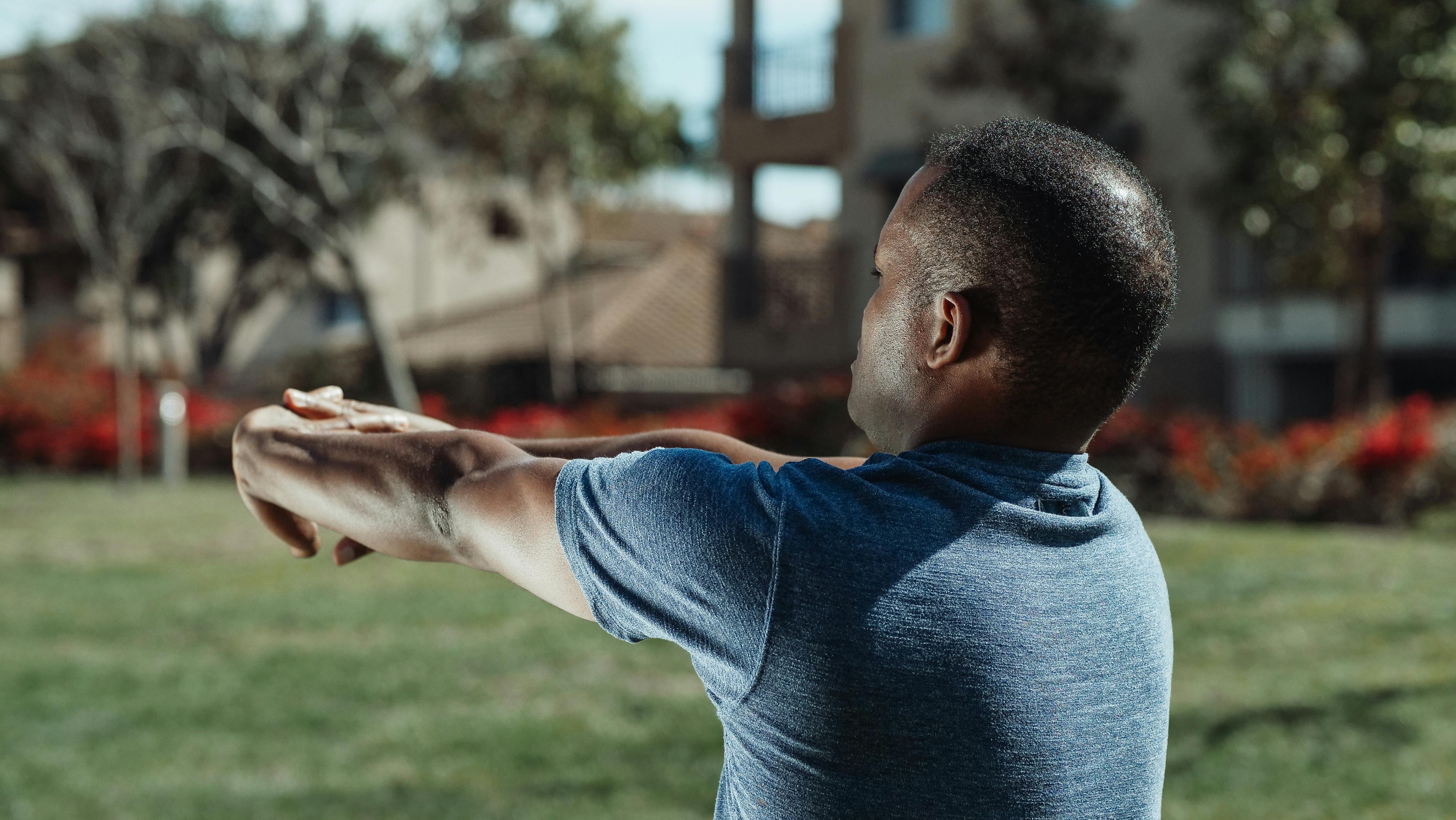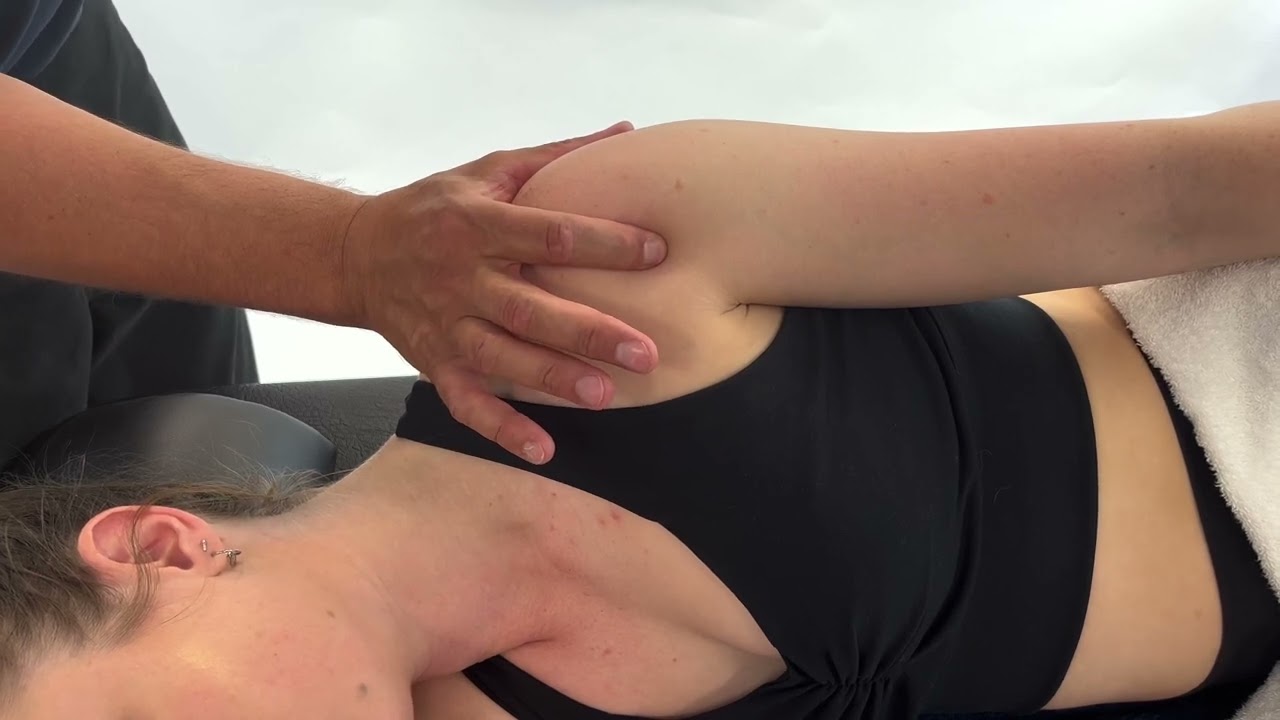The deltoid muscles, often underestimated in their impact, are integral to the dynamic function of our shoulder anatomy, providing essential support for both flexibility and strength in the shoulder joint. Despite their importance, many individuals fail to prioritize the health of their deltoids, only realizing their significance when shoulder pain hinders daily life. By gaining a deeper understanding of the deltoids' role and the necessity of incorporating targeted stretching exercises, individuals can proactively prevent discomfort and significantly improve overall shoulder performance and well-being.
Anatomy And Function Of Deltoids

The anterior deltoid, positioned at the front of the shoulder, primarily facilitates forward lifting of the arm and plays a crucial role in activities that require pushing or overhead movements, like throwing a ball or lifting objects. The lateral deltoid, found in the middle, is pivotal for arm abduction—it allows the arm to move outward, away from the body, and is especially engaged during activities like side raises or carrying heavy loads to the side. The posterior deltoid, located at the back, aids in the extension and outward rotation of the arm, essential for pulling or rowing actions. The integrated functionality of these three sections ensures that the shoulder maintains its remarkable range of motion and strength, enabling everything from precise, delicate movements to powerful, broad motions. Regularly exercising the deltoids is vital not only for aesthetic purposes but also for maintaining shoulder stability and preventing injuries..
Common Causes Of Shoulder Deltoid Pain

Deltoid pain often arises due to repetitive motions, overuse, or acute injuries. Shoulder deltoid pain can manifest as a mild ache or severe discomfort, inhibiting arm movements. Common causes include tendonitis, bursitis, or rotator cuff injuries, which necessitate prompt attention and appropriate treatment. Understanding the source of pain is the first step in managing and preventing further complications. To address deltoid pain effectively, it is important to adopt a comprehensive approach that includes rest, physical therapy, and, in some cases, medication or even surgery. Stretching and strengthening exercises tailored to the affected area can help restore flexibility and improve function, reducing the risk of recurrence. Additionally, ergonomic adjustments to daily activities and sports can prevent strain on the shoulder. Recognizing the signs early and seeking professional guidance can lead to better outcomes, enabling individuals to resume their regular activities without the hindrance of pain..
Managing Shoulder Deltoid Pain

To effectively address shoulder deltoid pain, a comprehensive approach prioritizing proper diagnosis and treatment is essential. Initial remedies often include rest, the application of ice to reduce inflammation, and the use of anti-inflammatory medications to alleviate discomfort. Physical therapy is another crucial component of the treatment process, involving a regimen of targeted exercises designed to strengthen and stretch the deltoid muscles, thereby enhancing flexibility and reducing the risk of future injury. For individuals experiencing persistent or worsening pain, consulting healthcare professionals is important. Their expertise can offer personalized treatment plans to prevent potential long-term damage, ensuring a return to optimal shoulder function..
Strengthening Your Deltoids
Preventive care for deltoids should include regular exercise routines that focus on strength and flexibility. Incorporating exercises like shoulder presses and lateral raises can help maintain muscle resilience. Engaging in a balanced workout regimen can reduce the risk of injuries and ensure optimal shoulder function. Moreover, adding dynamic stretching into your routine before workouts prepares the deltoids for activity, enhancing elasticity and reducing strain. Including rotator cuff exercises, such as internal and external rotations, can also be beneficial, as they work in tandem with the deltoids to stabilize the shoulder joint. It's equally important to allow adequate rest and recovery times, ensuring that the muscles repair and grow stronger. By staying mindful of these preventive strategies, individuals can enjoy improved movement efficiency and sustained shoulder health over time..
Importance Of Deltoid Stretching Exercises

Incorporating deltoid stretching exercises into your fitness routine can significantly enhance your overall shoulder health. By engaging in gentle stretches like the doorway stretch, you activate the muscles surrounding the shoulder joint, facilitating better circulation and nutrient delivery to this often overused area. The cross-body stretch, another effective movement, not only aids in elongating the deltoid muscles but also improves the range of motion, which is crucial for both athletic performance and daily activities. Ensuring that these stretches are performed consistently, particularly as part of your warming up and cooling down process, keeps the deltoid muscles supple and less prone to strains and tears. Moreover, maintaining flexible and well-conditioned deltoids can improve posture and support better biomechanics in various upper body exercises, ultimately contributing to a well-rounded fitness approach that safeguards against long-term muscular imbalances and joint issues..
Preparing Your Deltoids For Stretching

Engaging in a proper warm-up routine not only helps prevent injuries but also enhances overall performance during deltoid stretching exercises. By incorporating dynamic movements such as arm circles and jumping jacks, you can effectively increase the heart rate and prepare the body for physical exertion. Additionally, these activities help activate the synovial fluid in the joints, enhancing their flexibility and range of motion. As blood circulation improves, the muscles receive more oxygen and nutrients, which elevates endurance and reduces muscle stiffness. This prepares the deltoids not only for stretching but also for more demanding strength training, leading to better muscle engagement and development. Consistently practicing a well-rounded warm-up can thus greatly contribute to optimizing fitness goals and maintaining musculoskeletal health..
Enhancing Recovery With Massage And Rolling

Integrating massage techniques and foam rollers into your recovery routine can significantly aid in the healing of deltoid muscles after strenuous activity. These methods effectively enhance blood flow to the shoulder region, which plays a crucial role in promoting relaxation and alleviating muscle soreness. By incorporating massage therapy and self-myofascial release, you can complement your stretching exercises, allowing for a more comprehensive recovery process and improving overall performance. Consistent application of these techniques can lead to increased flexibility and reduced risk of injury, ensuring that your deltoid muscles remain resilient and ready for future challenges. Emphasizing these recovery strategies can greatly contribute to your fitness regimen, fostering better muscle health and endurance..
Preventive Measures For Deltoid Health

Listening to your body is crucial in preventing shoulder deltoid pain. Paying attention to any early signs of discomfort can help in identifying potential issues before they escalate into serious injuries. Ensuring adequate rest between workouts is essential for muscle recovery and growth, allowing the deltoids to repair and strengthen. Incorporating rest days in your fitness plan is not just about preventing burnout; it’s a strategic move to enhance overall performance and longevity of your physical health. Avoiding repetitive strain by varying your exercises can also play a significant role in preventing overuse injuries. By rotating exercises and engaging different muscle groups, you not only keep your workouts interesting but also reduce the risk of straining the deltoids. Remember, maintaining healthy deltoids is all about balance and listening to what your body is telling you..
In conclusion, prioritizing the health and flexibility of your deltoid muscles is a fundamental aspect of maintaining comprehensive shoulder well-being. By incorporating deltoid-specific stretching exercises and adopting proactive strategies for managing any discomfort, you pave the way for improved physical performance and a life free from shoulder-related pain. Consistent commitment to preventive care and a well-rounded exercise routine not only fortifies your deltoids but also supports their endurance and functionality, allowing you to engage in daily activities with confidence and ease. Embrace this holistic approach to shoulder health, and let your strong, agile deltoids enhance your overall quality of life.


